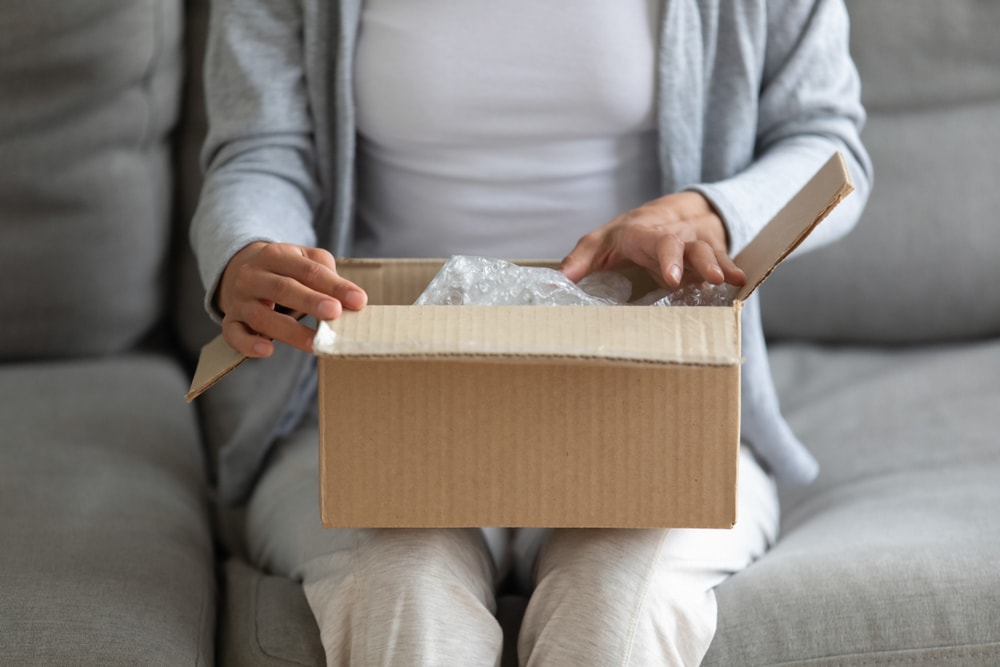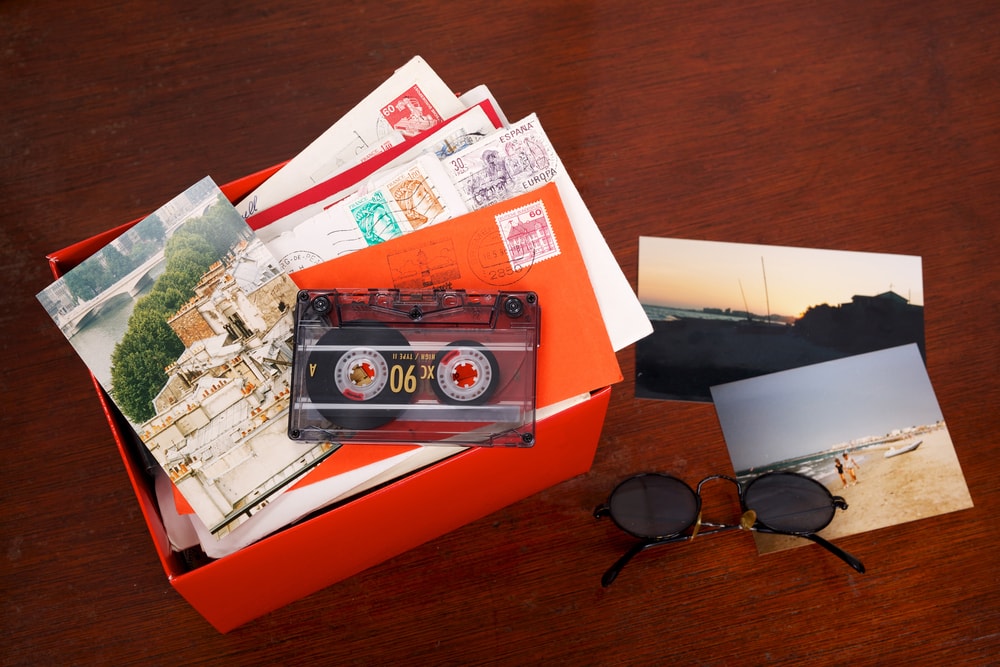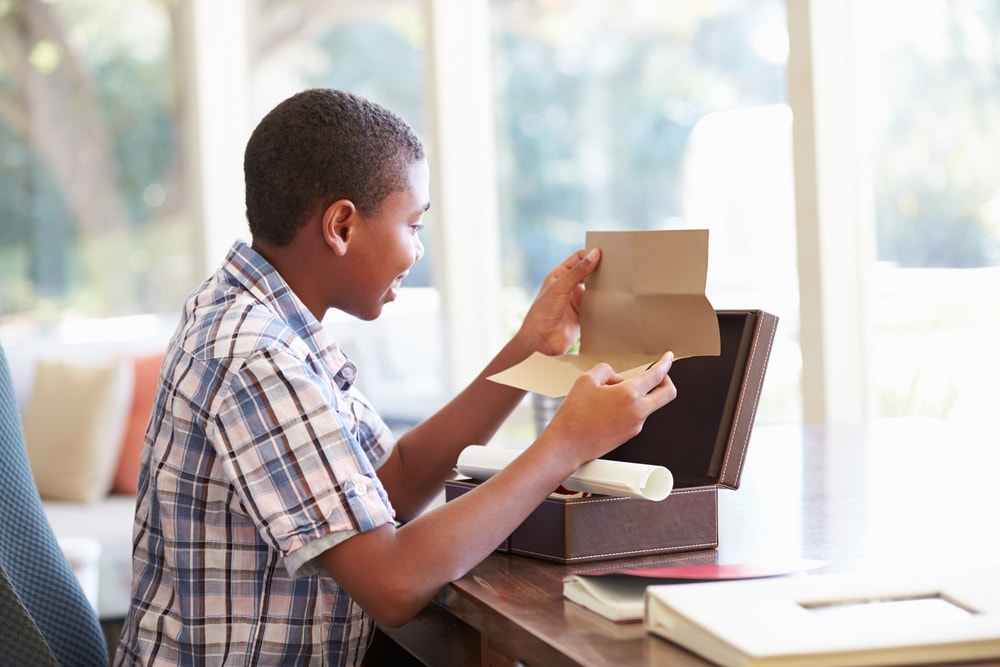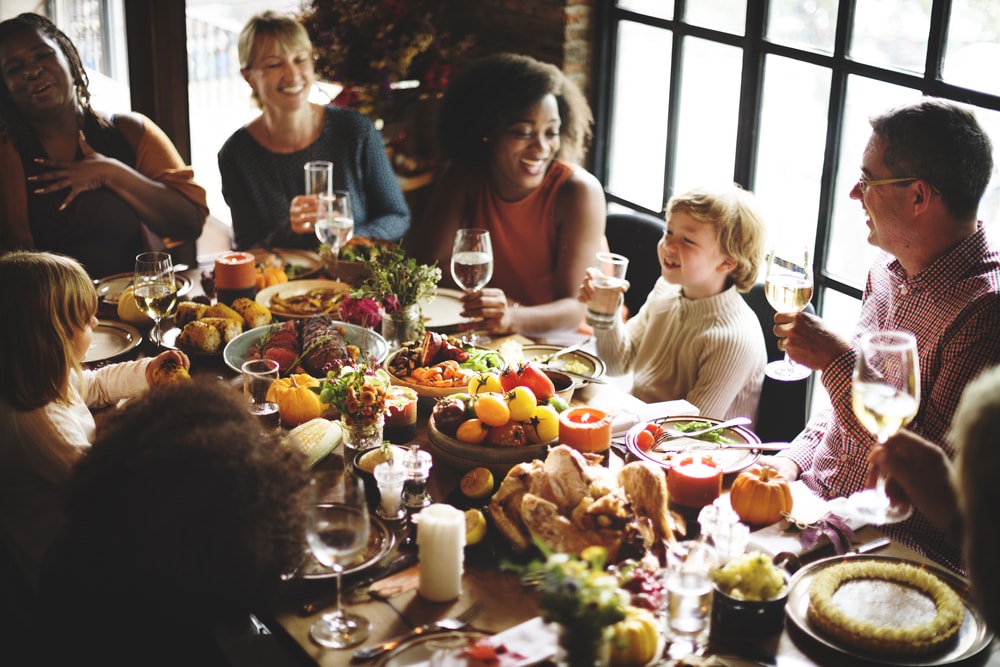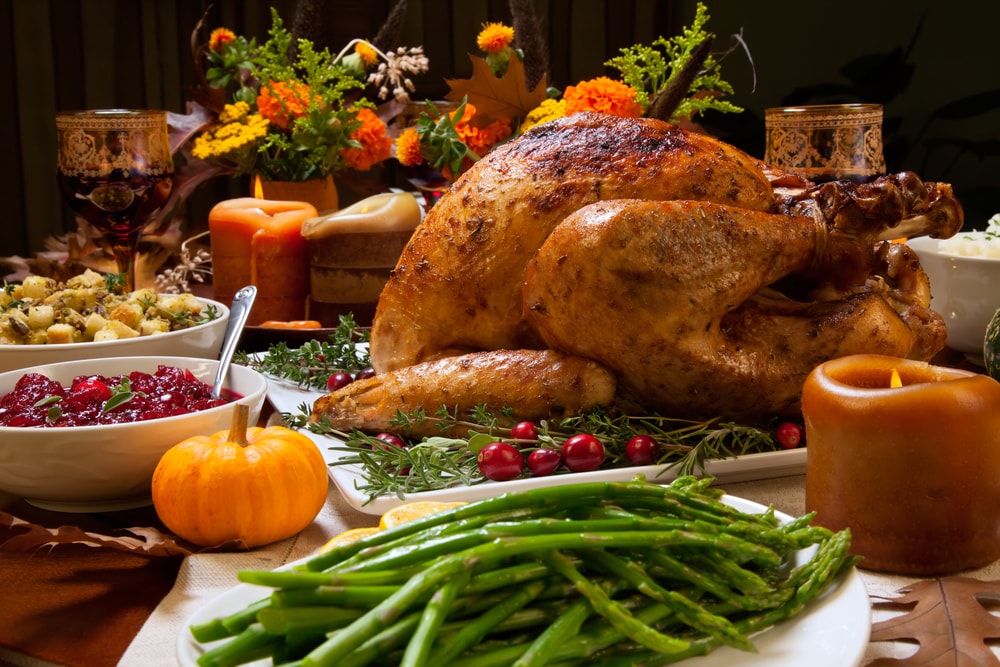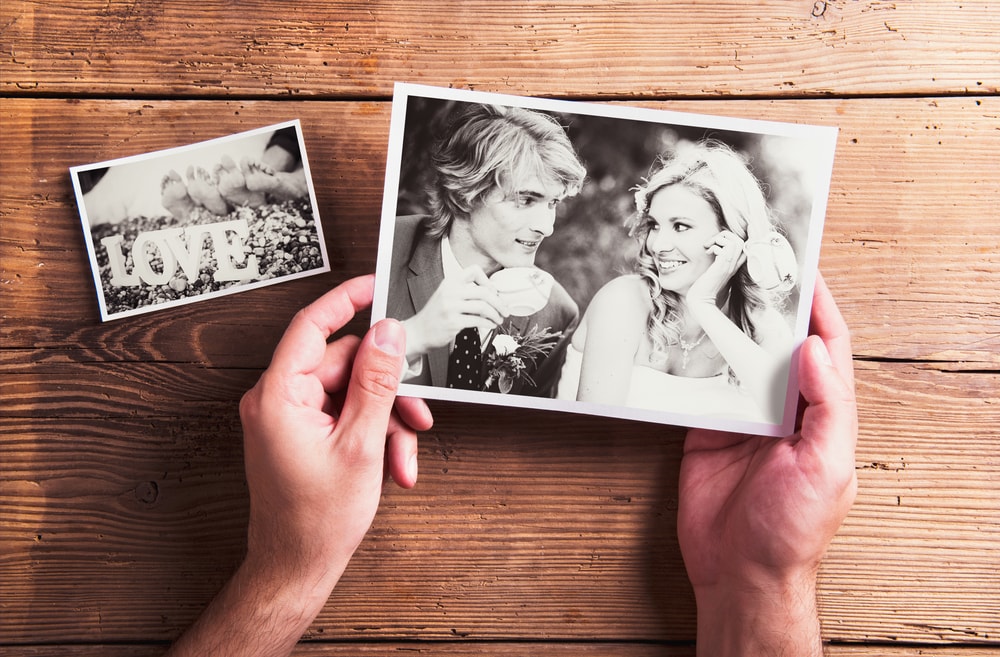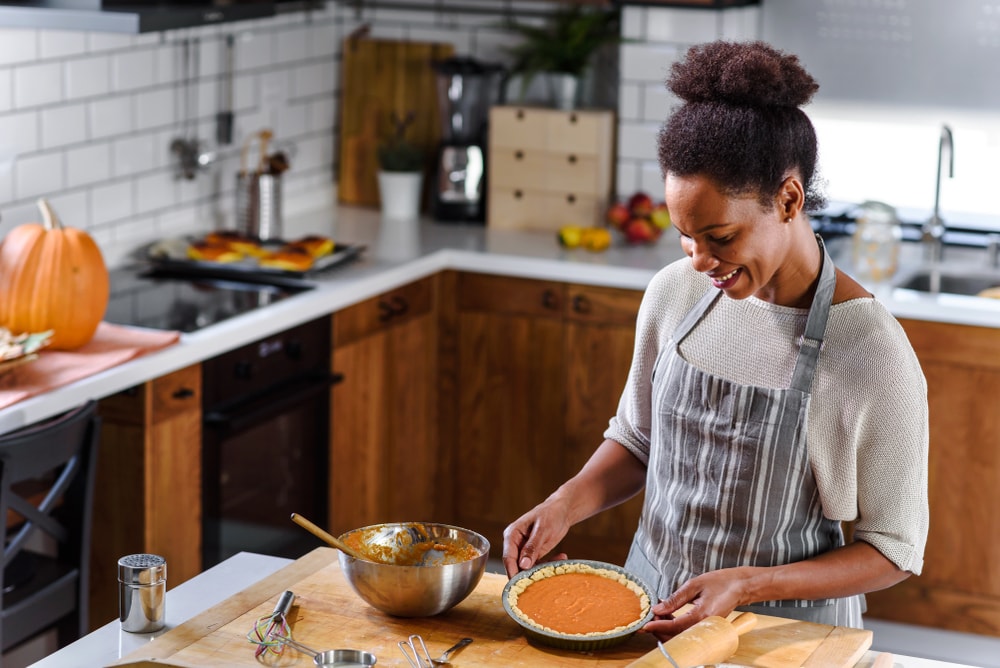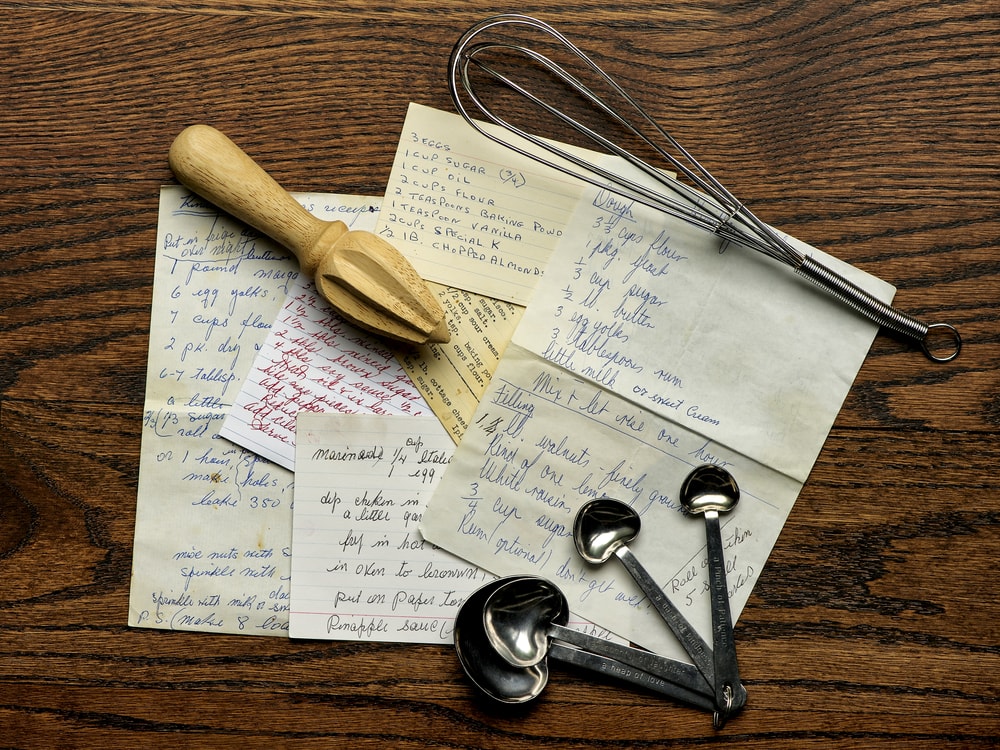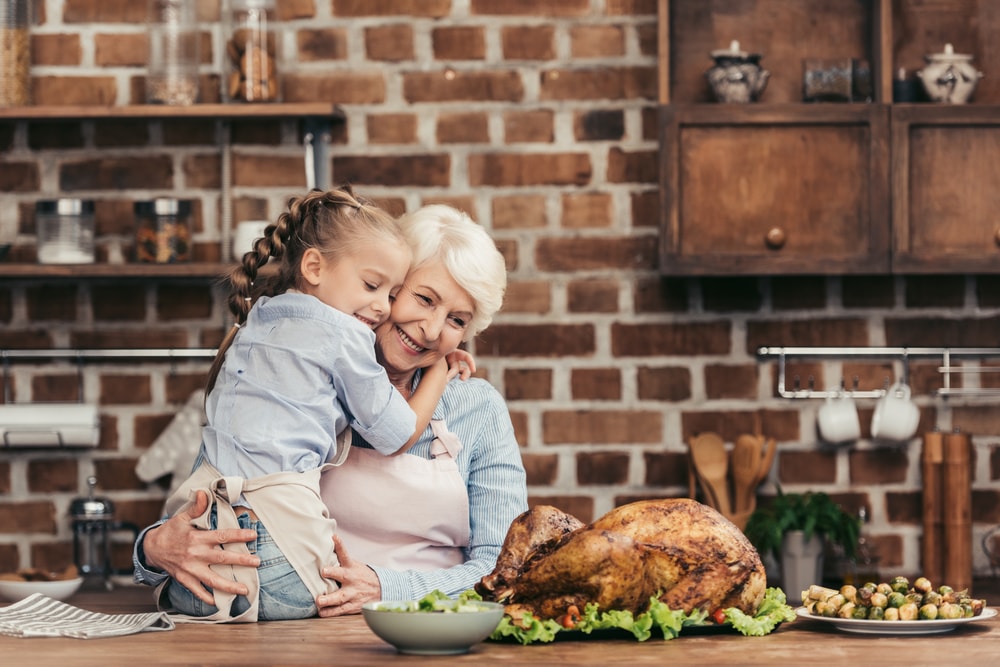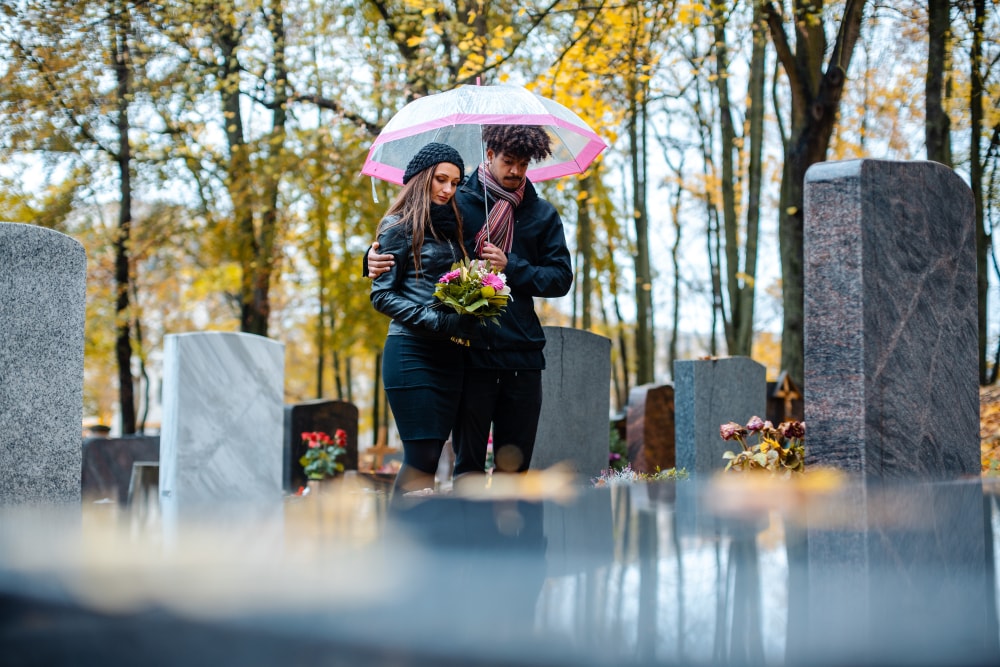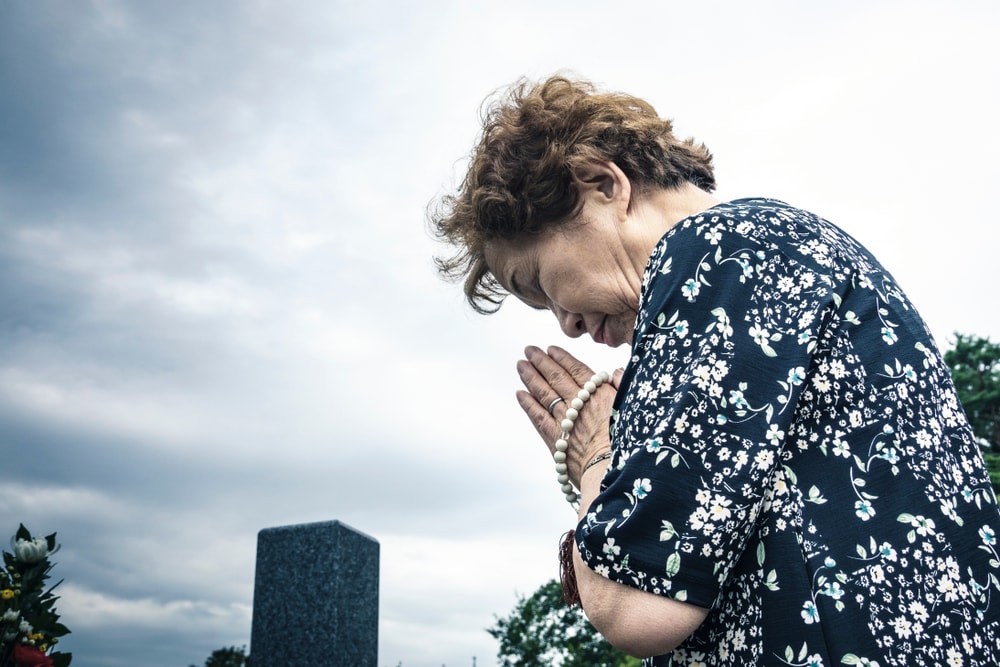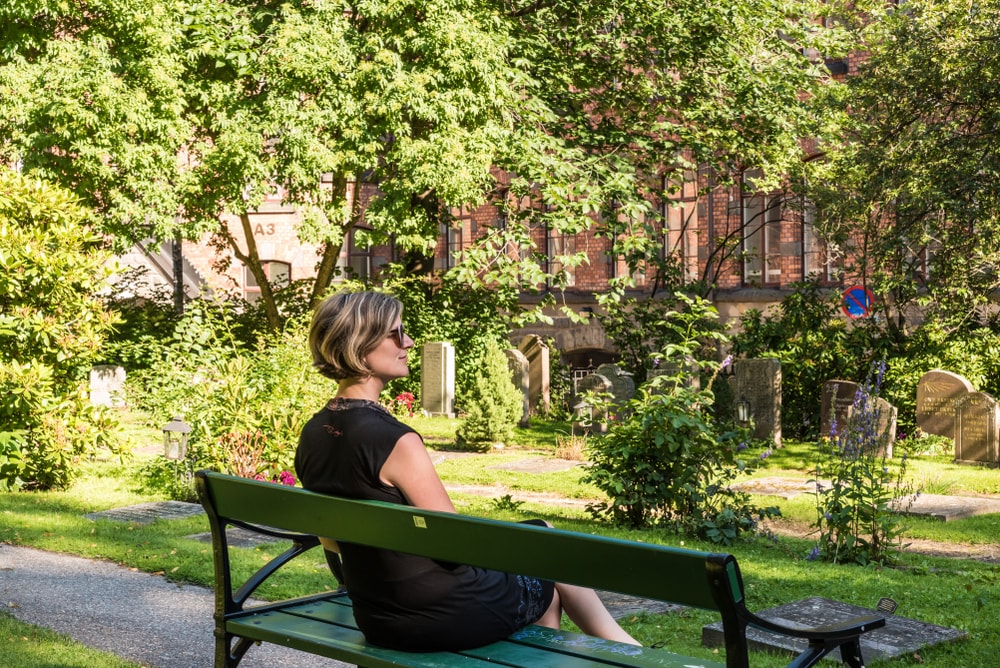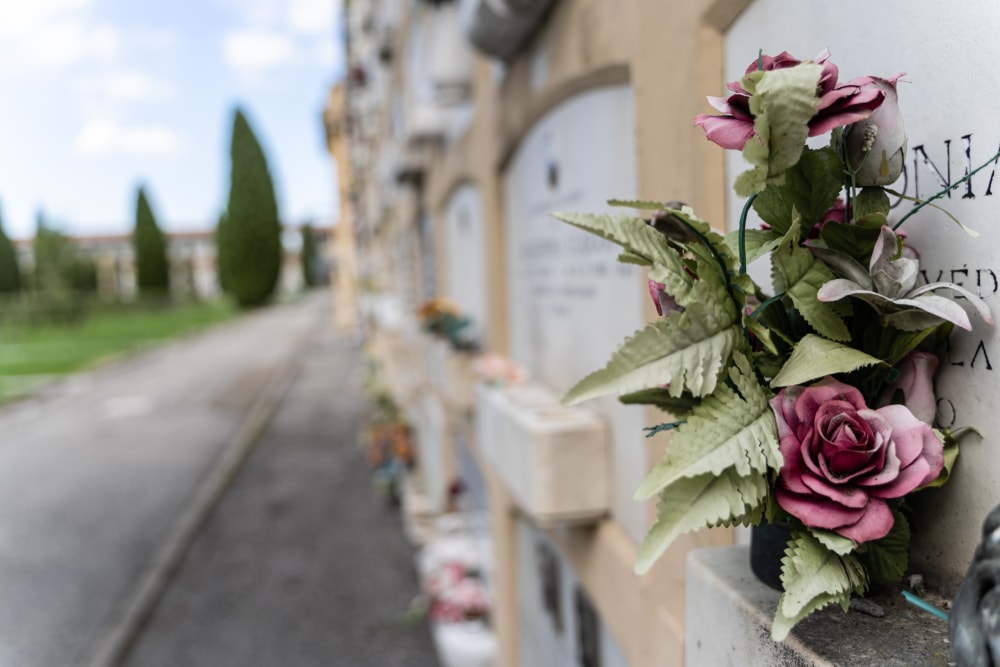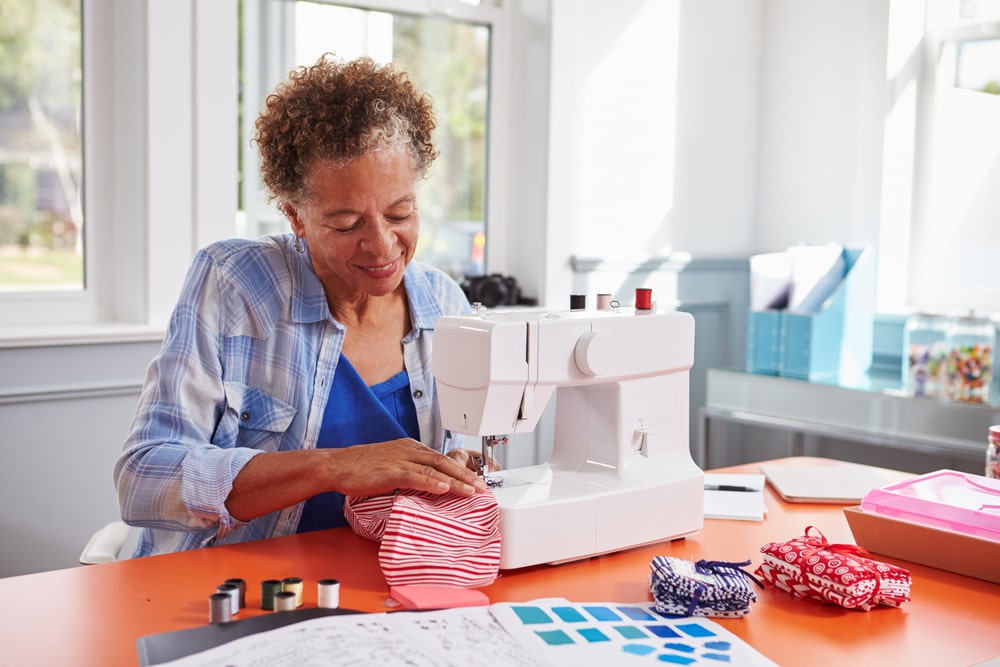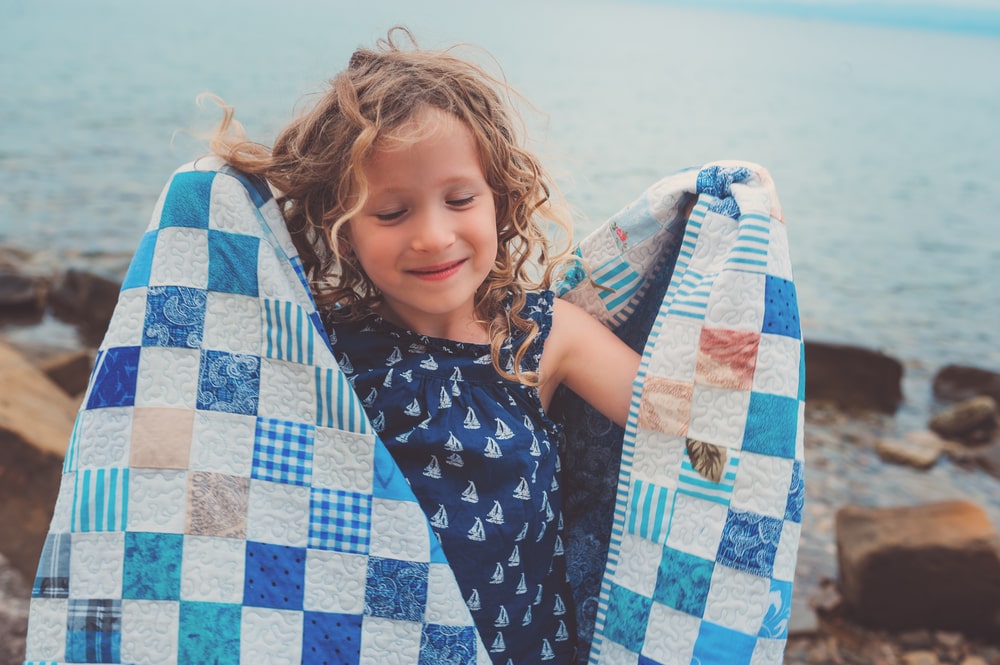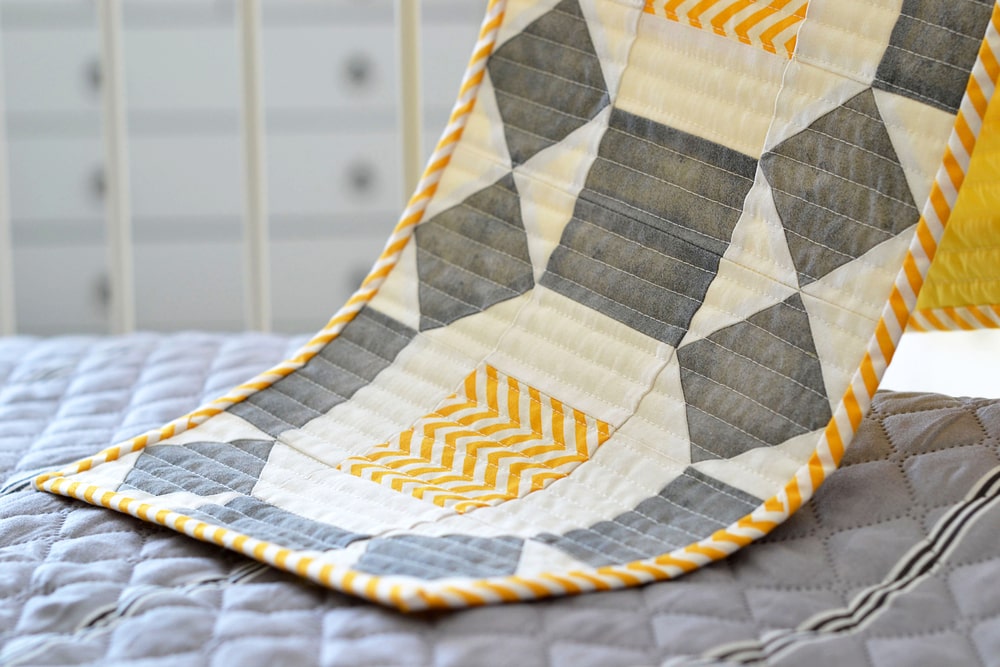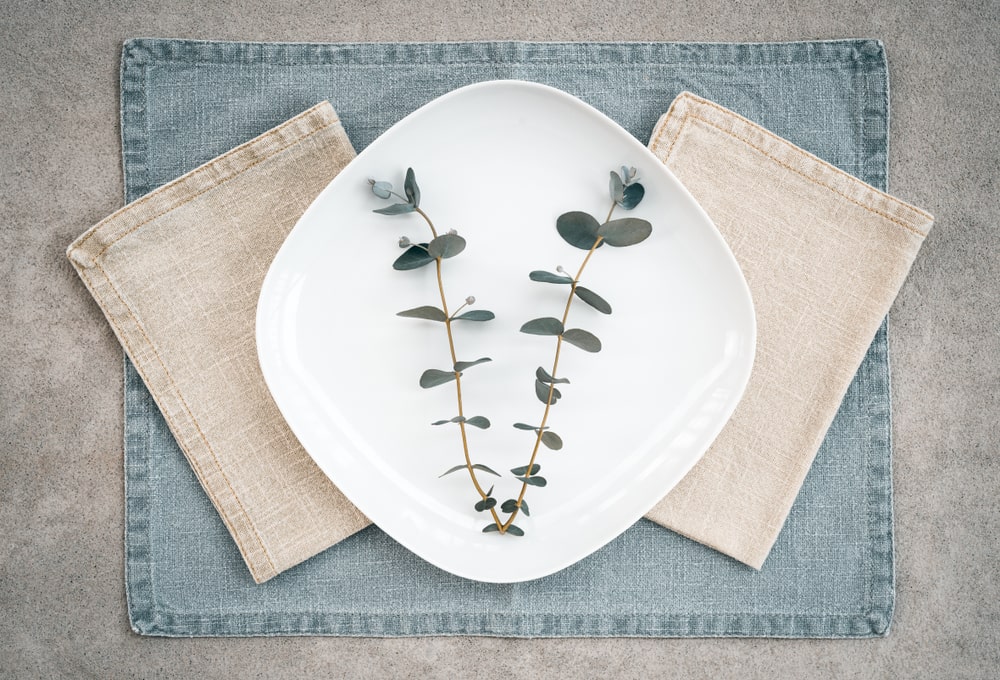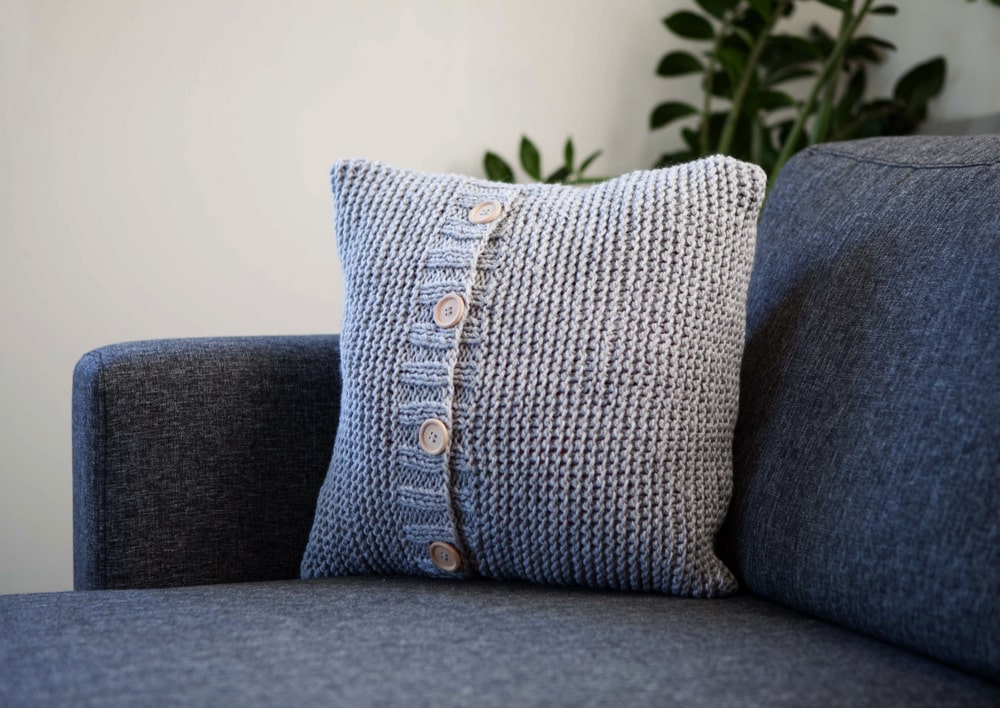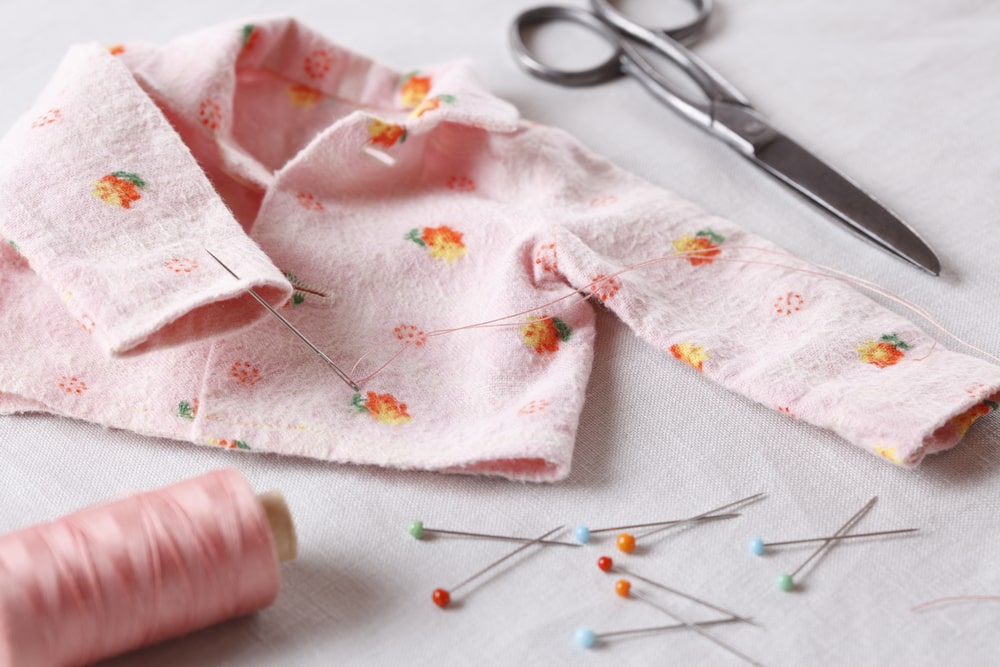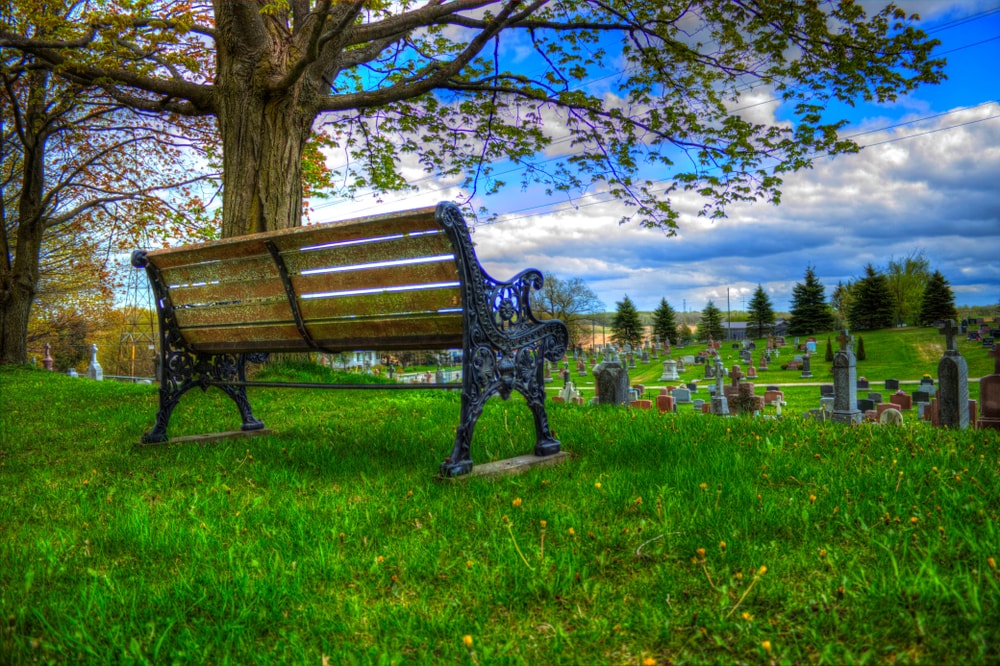
A cemetery is a cemetery, right? Well, to a degree, that’s true. However, there are actually several different types of cemeteries you should know about. Today, we’ll discuss the 4 main categories as well as some of the unique features that are available.
What are the 4 main types of cemeteries?
1. Public Cemeteries
Many cemeteries are public cemeteries. Often, they are the most affordable option. In short, a “public” cemetery simply means that anyone from the general public can inquire about purchasing a plot or niche. However, not all public cemeteries are run the same way.
Government-run public cemeteries
More than likely, a local government, like the city or the county, owns this type of public cemetery. Burial is open to anyone, and the local government maintains the grounds. However, they may not offer a full range of options and services.
Privately-run public cemeteries
On the other hand, privately-run public cemeteries are often owned independently or by a corporation. When you think of a cemetery, this may be the type that comes to mind most readily. They are commonly called “private cemeteries,” though they are open to the public. You can find them through the local funeral home, friends, or searching online. While the cost of a plot/niche may be higher, they also provide more services and options.
No matter which you choose, check on availability. In some cases, public cemeteries become full, sold out, or dedicated to those who die destitute (especially in the case of a government-run cemetery).
2. Private Cemeteries
Owned by individuals or businesses, true private cemeteries are not open to the general public. In fact, the owners have final say in who is allowed burial in a private cemetery. Let’s look at two primary examples of private cemeteries: family burial grounds and religious cemeteries.
Family burial ground
Very common in rural America in the 19th and early 20th centuries, a family burial ground is located on private land and designated for relatives only. Today, there are more regulations in place, but it is still a possibility. However, there’s one potential problem to consider: access. If land is sold, the family may no longer have access to the cemetery. Some states guarantee the family access to the cemetery, and other states do not. Therefore, make sure you understand your local or state laws before committing to a family burial ground.
Religious cemeteries
This type of private cemetery restricts availability to those of a certain faith or belief or even affiliation.
Examples include members of a certain:
- Church
- Fraternal/sororal group
- Ethnicity
- Lodge
In most cases, the organization owns the cemetery and only allows members to purchase a plot or niche. While there are a lot of religious cemeteries across the United States, each cemetery has its own rules. Because of that, some are more restrictive and others more inclusive. If you are interested in burial in a religious cemetery, start by talking with the organization most closely affiliated with it.
3. Veteran Cemeteries
Have you heard of Arlington National Cemetery and the Tomb of the Unknown Soldier? This beautiful cemetery is an iconic example of veteran cemeteries across the nation. For eligible active duty servicemen and women, veterans, and their dependents, both national and state veteran cemeteries are an option.
Maintained by the Veterans Administration, there are more than 100 veteran cemeteries in the United States. For those who are eligible, burial benefits are available. These benefits include a plot, opening and closing of the grave, perpetual care, a headstone, and military honors…at no charge. Some state veteran cemeteries charge a nominal fee, but the funeral home can contact the cemetery on your behalf to confirm.
4. Green or Natural Cemeteries
The natural or green cemetery focuses on minimizing environmental impact and limiting the carbon footprint. While natural cemeteries have all the hallmarks of a standard cemetery, there are some notable differences.
They require the use of a biodegradable casket or urn. While embalming is not prohibited, it must be done without specific chemicals or avoided entirely. Instead of headstones, some cemeteries plant trees with minimal markers. For more information on green or natural burial, talk to your trusted local funeral home. They can answer your questions.
Do cemeteries have special features?
Yes, some cemeteries focus on a certain aesthetic. Let’s review a few examples.
Monument Cemetery – features traditional, upright headstones made of granite, marble, or stone; additionally, may include a designated area for flat memorial plaques
Memorial or Lawn Park – uses lawn-level granite or bronze memorial plaques; by using ground-level markers, they intend to promote natural beauty and decrease maintenance costs
Garden Cemetery – similar to a memorial park, except the design of the cemetery includes specific garden elements; for example, Mount Auburn Cemetery is the earliest known garden cemetery in the United States
Columbarium or Mausoleum Niches – while burial is an option for cremated remains, columbarium or mausoleum niches are also available at many cemeteries
Is there a cost difference?
Absolutely. The cost of cemetery good and services varies widely and depends on several factors, including:
- Where you live
- Type of cemetery
- Type of burial
- Location of the plot
- Memorialization selections
- Perpetual care fee
Let’s recap. First, public cemeteries are most likely to receive funding from the local government, so their costs are lower. Second, with private cemeteries, there will be fees associated with opening/closing the grave, perpetual care of the grounds, grave liner, headstone, and so on. Third, in most cases, burial in a veteran cemetery will incur little or no cost to you or your family. And lastly, a green or natural cemetery will likely cost less than a private cemetery because they don’t require certain items, such as a grave liner.
Ultimately, the decision of which cemetery to use is up to you and what’s available in your area. Your trusted local funeral home can give you all the information you need to determine what’s best for your needs and your family.












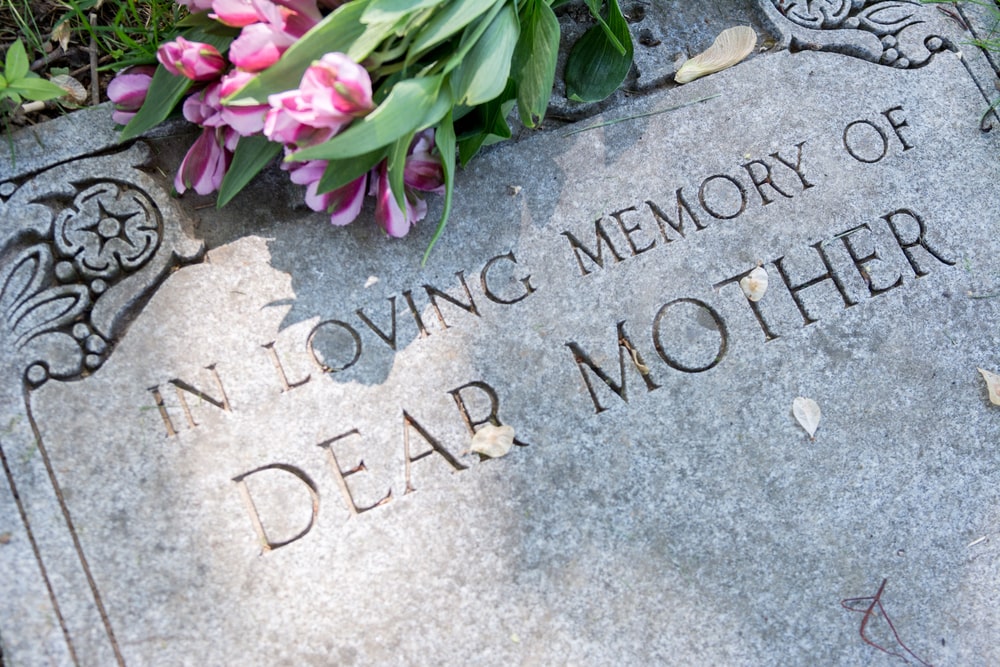






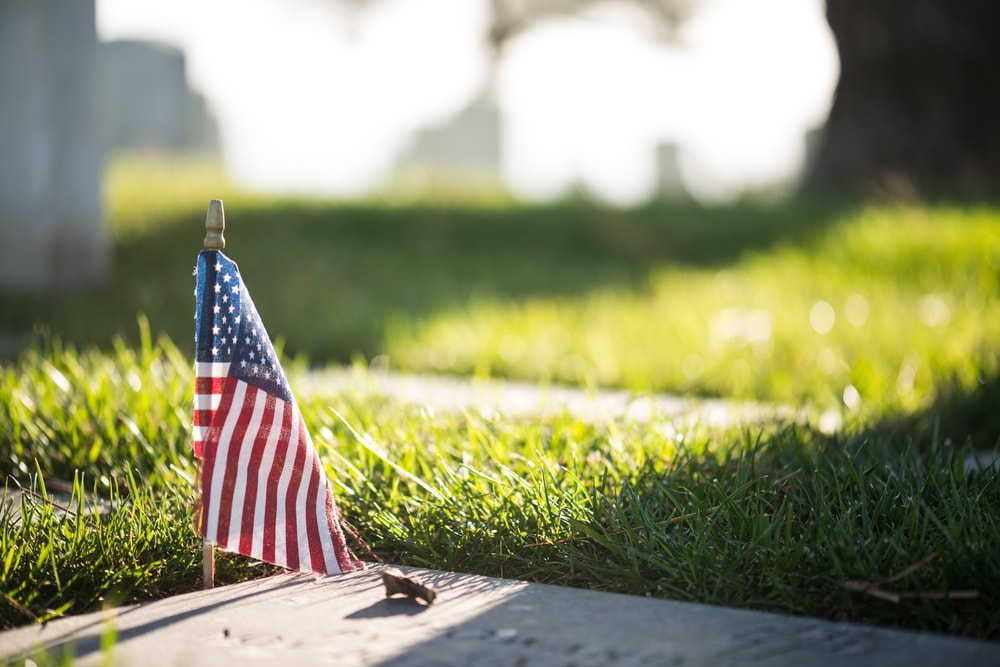
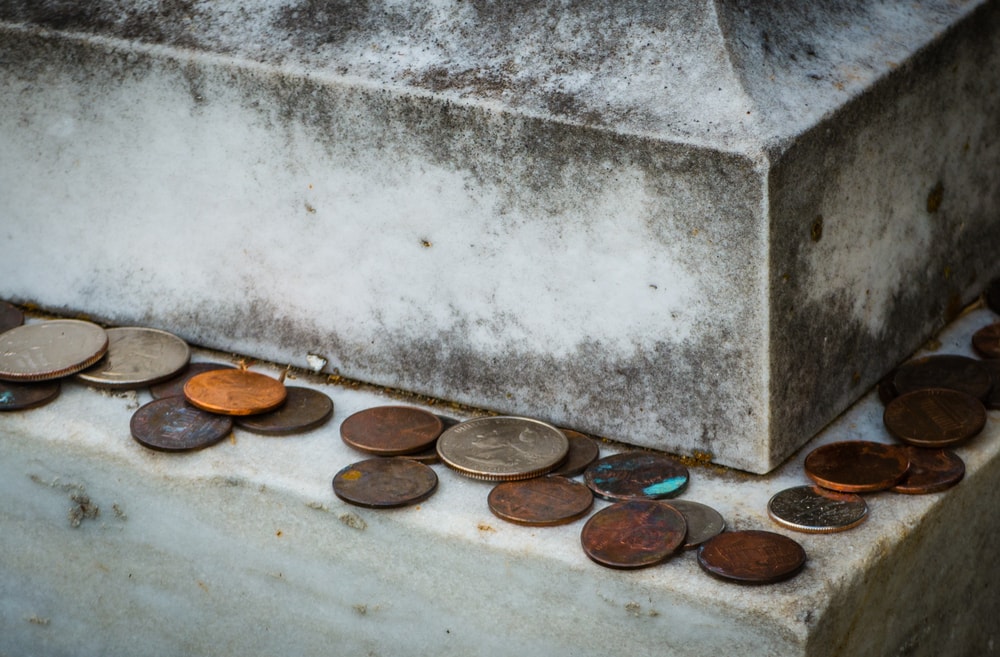
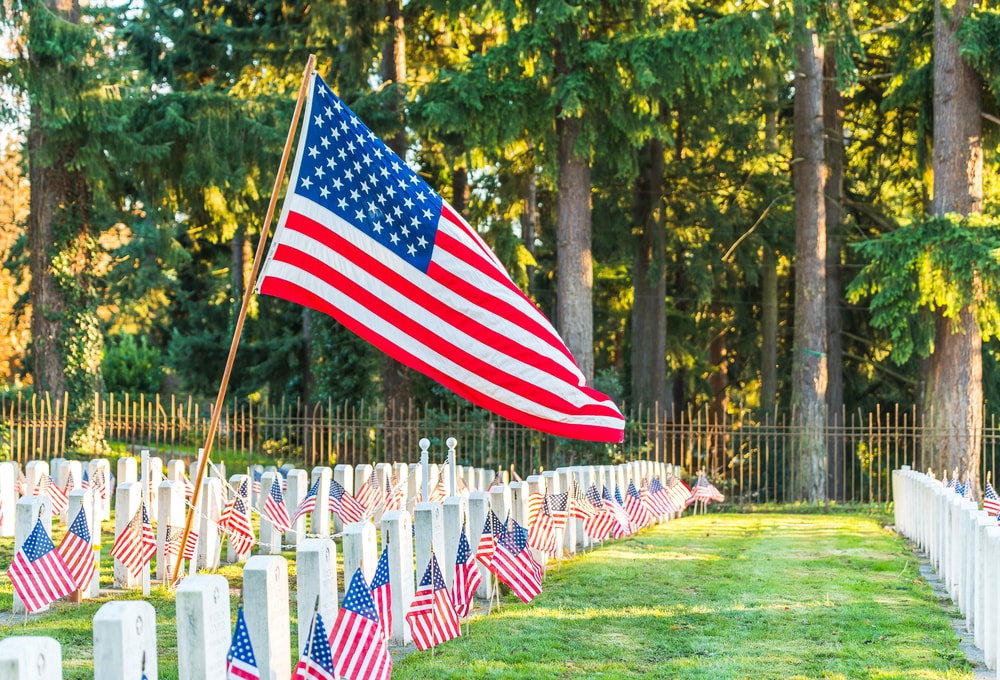 For veterans buried in private cemeteries, any coins are subject to the regulations of the individual cemetery. Many cemeteries collect the coins and use them to maintain the cemetery grounds.
For veterans buried in private cemeteries, any coins are subject to the regulations of the individual cemetery. Many cemeteries collect the coins and use them to maintain the cemetery grounds.
